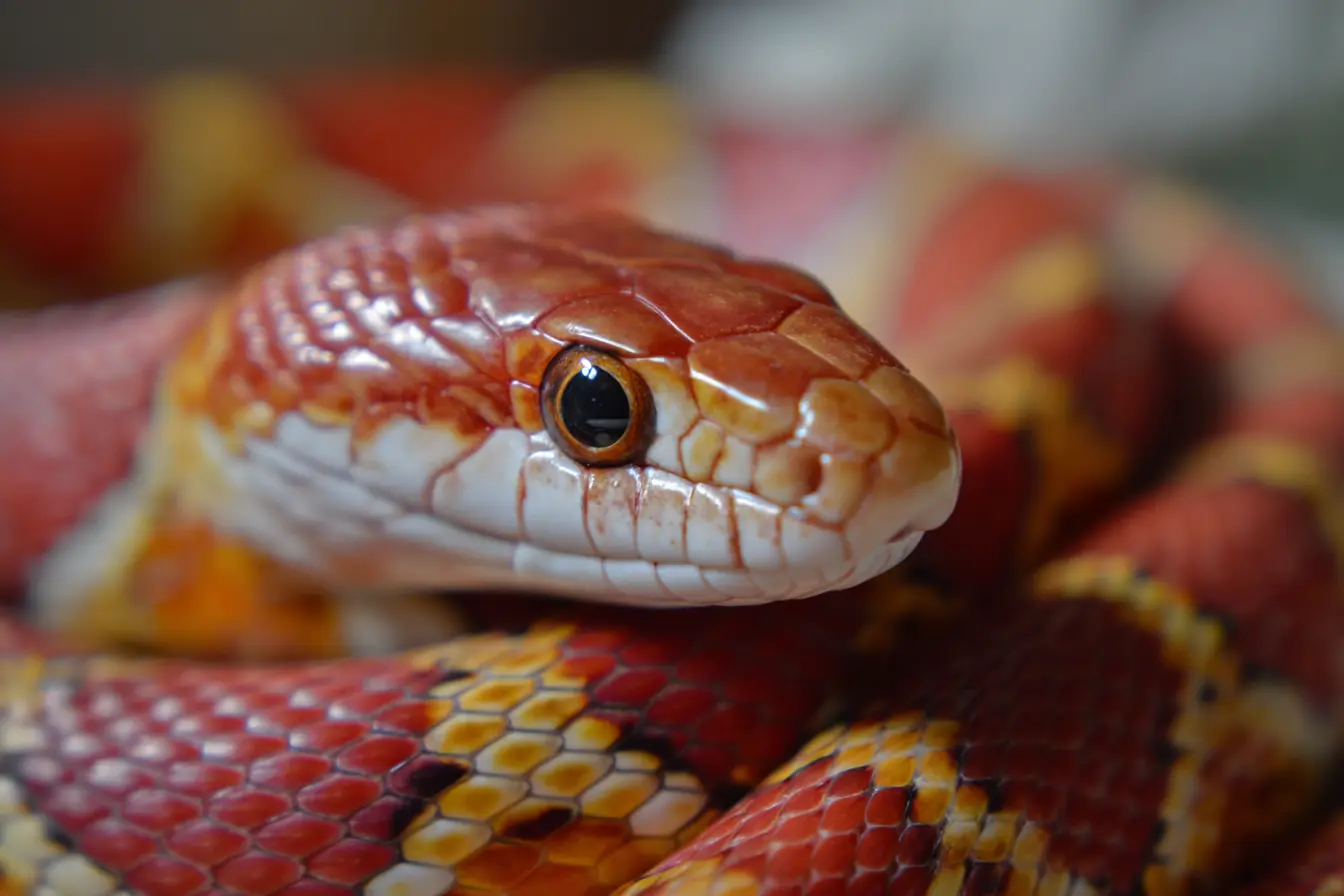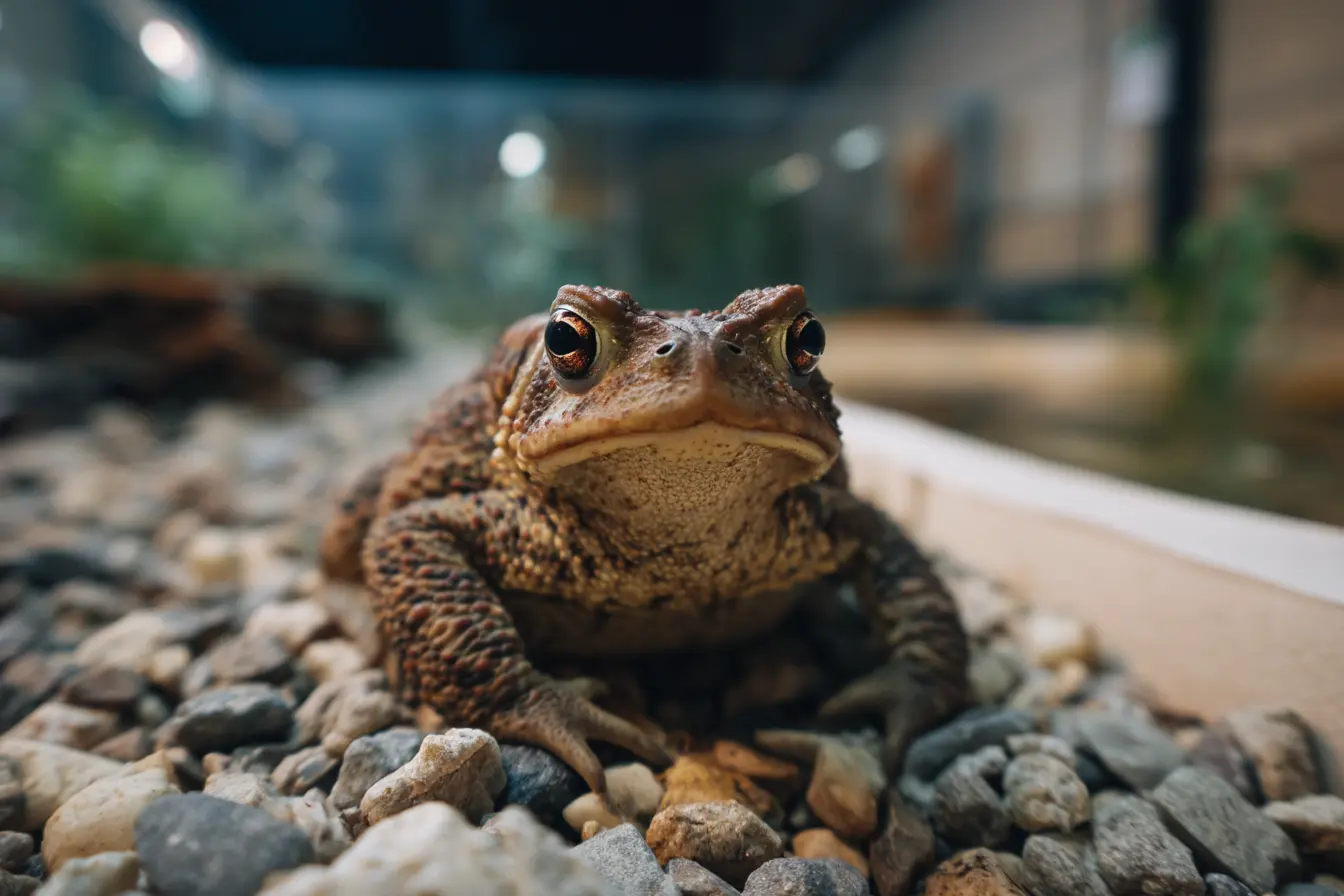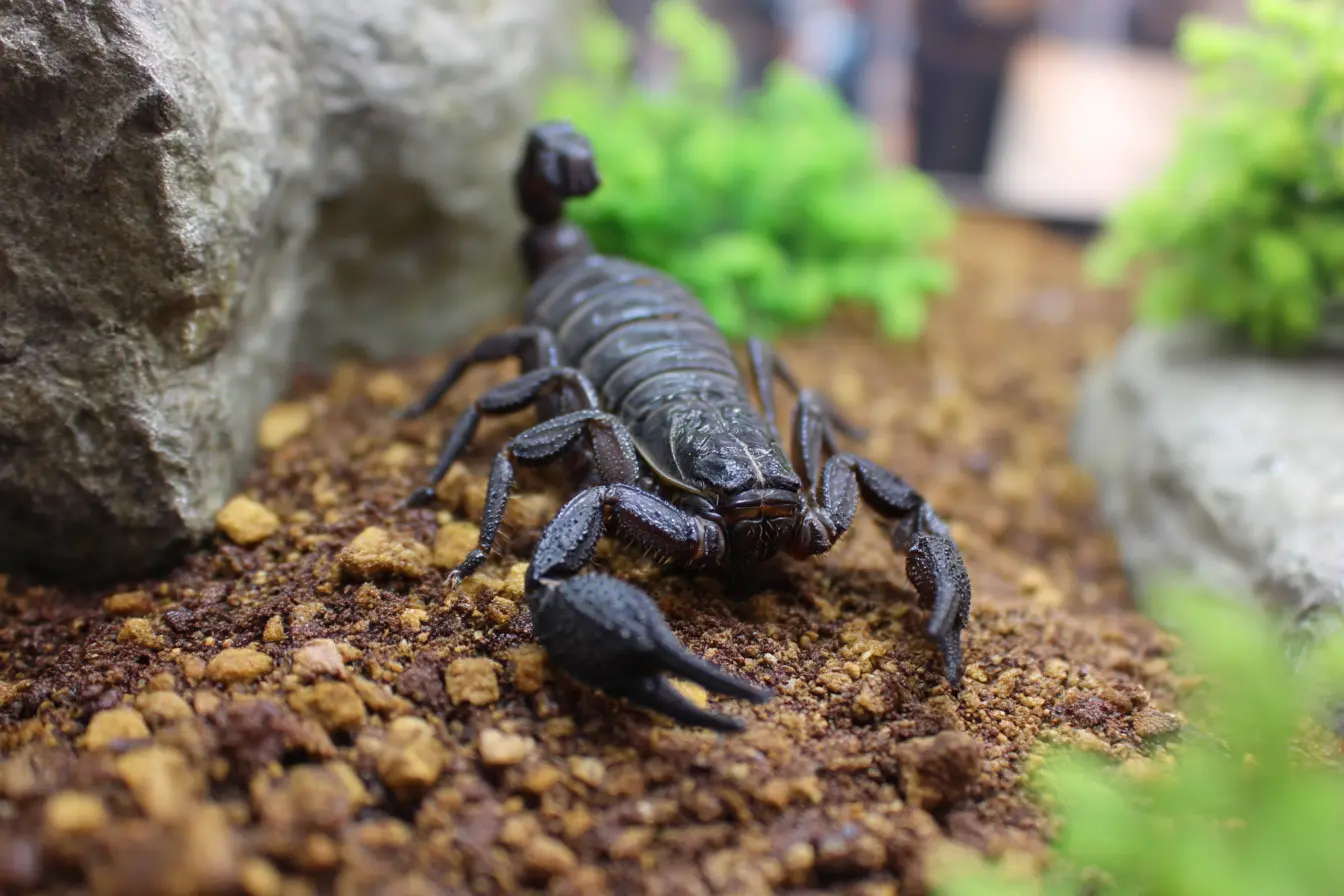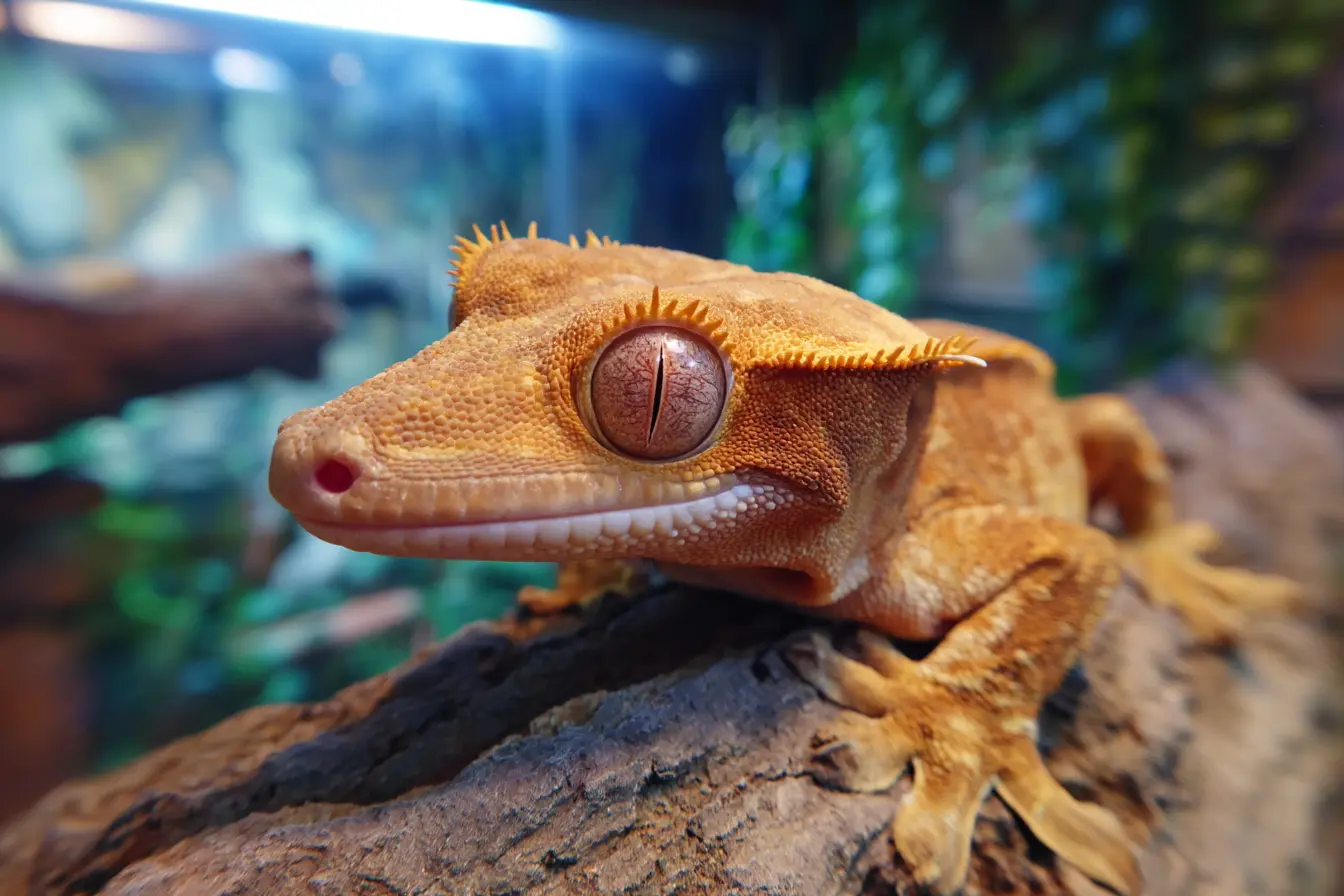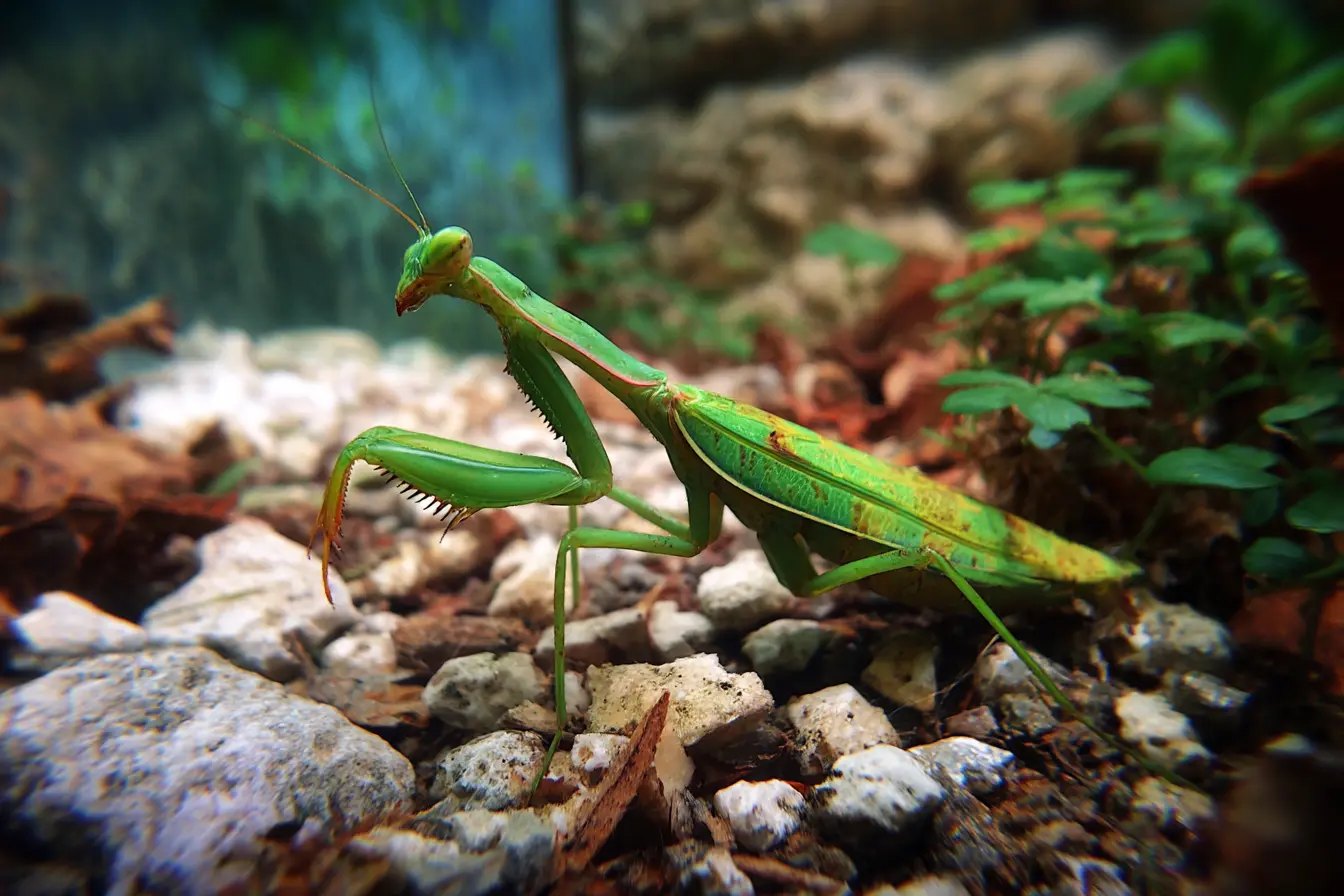
The Complete Guide to Keeping European Mantises as Pets
The European mantis (Mantis religiosa) is one of the most fascinating species of praying mantis kept by enthusiasts. Native to Europe, this species is also found in parts of North America and Asia. It is admired for its graceful appearance, predatory prowess, and relatively easy care requirements.
This guide covers everything you need to know about keeping, feeding, and breeding the European mantis to ensure a healthy and enriching experience.
Why Keep a European Mantis?
Keeping a European mantis as a pet can be highly rewarding. These insects offer a captivating glimpse into the world of predatory invertebrates.
- They require minimal space compared to traditional pets.
- Their hunting and stalking behaviours are fascinating to observe.
- They are relatively low-maintenance.
- They are silent, odourless, and hypoallergenic.
- They have a moderate lifespan of 8 to 12 months.
- They can be bred in captivity by experienced keepers.
Choosing and Acquiring a European Mantis
European mantises are available from specialist breeders, exotic pet shops, and online suppliers.
When choosing a mantis:
- Select an active individual that responds to movement.
- Avoid mantises that are lethargic or have visible injuries.
- Young mantises (known as nymphs) are often easier to raise and adjust well to captivity.
Housing and Enclosure Setup
Providing a proper enclosure is critical for the mantis’s health and comfort.
Enclosure Type
- A plastic terrarium, glass tank, or mesh cage can all be used.
- The enclosure must be well-ventilated to prevent mould and maintain air quality.
Enclosure Size
- The enclosure should be at least three times the height of the mantis and twice its width.
- For adults, a minimum of 20 cm tall and 15 cm wide is recommended.
Substrate
- Coconut fibre, peat moss, or paper towels are suitable substrates.
- The substrate helps to maintain humidity and makes cleaning easier.
Climbing and Perching Areas
- Vertical sticks, twigs, and branches allow the mantis to climb and moult properly.
- Artificial plants or mesh can provide additional perching options.
Temperature and Humidity
- Maintain a temperature between 22°C and 28°C.
- A heat mat or small heat source may be necessary in cooler months.
- Humidity should be kept between 50% and 70%.
- Mist the enclosure lightly once a day or every other day to maintain humidity levels.
Lighting
- Natural daylight or a low-wattage LED light can be used.
- Avoid placing the enclosure in direct sunlight to prevent overheating.
Feeding and Nutrition
European mantises are carnivorous hunters and require a diet of live insects.
Suitable Prey
- Fruit flies and pinhead crickets for nymphs.
- Houseflies, blue bottle flies, and small moths for juveniles.
- Larger crickets, locusts, and butterflies for adults.
Feeding Frequency
- Nymphs should be fed daily or every other day.
- Juveniles should be fed every two to three days.
- Adults can be fed two to three times a week.
Feeding Tips
- Only provide live prey, as mantises rely on movement to locate food.
- Remove uneaten prey after 24 hours to prevent injury or stress.
- Gut-load feeder insects with nutritious food to support mantis health.
Water and Hydration
- Mantises do not drink from bowls.
- Provide water by misting the enclosure lightly so they can drink from droplets.
Handling a European Mantis
European mantises can be handled carefully, but excessive handling should be avoided.
- Allow the mantis to walk onto your hand rather than picking it up directly.
- Handle newly moulted mantises with extreme care, as they are very fragile.
- Limit handling sessions to minimise stress.
Moulting and Growth
European mantises grow by shedding their exoskeletons through moulting.
Moulting Stages
- Mantises go through several moults before reaching adulthood.
- Each stage between moults is called an instar.
Signs of an Upcoming Moult
- Refusal to eat for a few days.
- Hanging upside down more often.
- A dull or swollen appearance.
After Moulting
- Do not disturb or feed the mantis immediately after a moult.
- Maintain high humidity to aid the hardening of the new exoskeleton.
- Wait at least 24 hours before offering food.
Breeding European Mantises
Breeding European mantises is rewarding but requires preparation and care to avoid cannibalism.
Mating Process
- Introduce the male to the female in a spacious enclosure.
- Feed the female well before mating to reduce the chance of aggression.
- Monitor closely and remove the male immediately if the female becomes hostile.
Egg-Laying
- After mating, the female will produce an ootheca (egg case).
- Oothecae should be kept at a stable temperature between 20°C and 26°C.
- Incubation typically lasts between four to eight weeks.
Hatchling Care
- Newly hatched nymphs are tiny and need to be fed fruit flies or springtails.
- House them separately or provide plenty of space to minimise cannibalism.
Common Health Issues
Dehydration
- Symptoms include shrivelling and inactivity.
- Mist more frequently and ensure sufficient humidity.
Failed Moulting
- Caused by low humidity or inadequate space.
- Always provide vertical surfaces and optimal humidity before expected moults.
Malnutrition
- Results from a poor or unvaried diet.
- Offer a range of feeder insects to ensure balanced nutrition.
Injury or Limb Loss
- Injuries can occur during moulting or handling.
- Young mantises can regrow lost limbs over successive moults.
Ethical Considerations
- Mantises are predators and should be kept in environments that allow natural behaviours.
- If you can no longer care for your mantis, never release it into the wild, as it may disrupt local ecosystems.
Legal Considerations in the UK
- European mantises are legal to keep and breed in the UK.
- No special licences are required, but always ensure responsible sourcing and ownership.
Final Thoughts
The European mantis is a captivating and relatively easy-to-care-for insect, perfect for beginners and enthusiasts alike. With proper care, a suitable environment, and a varied diet, you can enjoy the fascinating behaviours and beauty of this remarkable species throughout its life cycle.
Contents
Tags
Related Vets
Vets near you
Speciality vets
- Aquatics vet specialists
- Birds vet specialists
- Camelids vet specialists
- Cats vet specialists
- Cattle vet specialists
- Deer vet specialists
- Dogs vet specialists
- Equines vet specialists
- Exotic vet specialists
- Goats vet specialists
- Pigs vet specialists
- Poultry vet specialists
- Sheep vet specialists
- Small Mammals vet specialists
- Wild vet specialists
